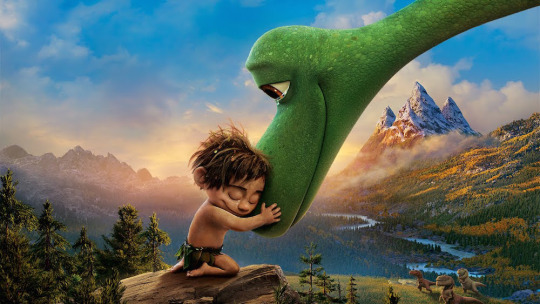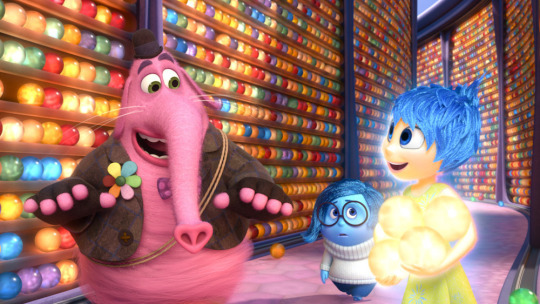What The Good Dinosaur Teaches Us About the “Pixar Formula”

I can’t stop thinking about The Good Dinosaur, which probably stands as Pixar’s biggest failure. There are all sorts of reasons why this film wasn’t well received – like, its concept was really strange and hard to make sense of at a glance – but there also seems to be a major flaw in its storytelling choices, one that I’m fascinated with.
And here’s what I’ve decided after thinking about it for ages: Most Pixar movies are deceptively simple. But The Good Dinosaur forgets the “deceptively” part, and that’s why it suffers.
When I went to Pixar HQ for io9 and interviewed the makers of The Good Dinosaur, they kept telling the same story: the film had been overcomplicated under its original director, Bob Peterson. There were a bunch of subplots including a village full of dinosaurs, and a lot of clutter. So when Peter Sohn took over as director, he pared it back to just the main story: Arlo, an anthropomorphic dinosaur, gets lost away from home and befriends Spot, a young human. So Spot is the “dog” to Arlo’s “boy.”
The trouble is, as you’ll know if you’ve seen The Good Dinosaur, there’s just not enough there to sustain a full-length movie. The relationship between Arlo and Spot, like most “boy and his dog” relationships, is entirely one-sided and the only character who can really change is Arlo. And Arlo always wants to go home, with his relationship with Spot being a secondary concern.

Most Pixar movies, meanwhile, have a simple premise and an apparently small-scale plot, but there’s a lot going on under the surface. Take last year’s other Pixar film, Inside Out. On the surface, it’s about a girl whose parents just moved her to a new town, and we get to see the emotions warring inside her head. Simple, right? Except that her inner landscape is complicated, and there’s a lot of really intense stuff about the way memory works inside her brain, and how her personality is formed out of memories. And once you start exploring her mind more fully, you get into things like her dream theater, and of course, Bing-Bong (sigh.)
The simplicity is all on the surface, but it masks a hidden complexity. That’s tough to pull off – and the fact that even Pixar failed to pull it off in a recent project is a fascinating reminder of that. I wish I knew the secret of being “deceptively simple” – most projects tend to fall the other way, getting mired in complexity and losing the sense of a single compelling image on top. I guess to the extent that there’s a “formula” for keeping things simple while laying in complexity, it’s to figure out what the lodestone or central idea is, and make sure everything relates back to it. Hence, in Inside Out, Joy’s quest to get back to Headquarters, and her relationship with Sadness, are at the center of everything, even as we delve into lots of other stuff.
And sorry for dragging this back to my own stuff, but this was definitely on my mind with All the Birds in the Sky. I felt like that book was constantly in danger of collapsing under its own weight, with all of its subplots and pieces of worldbuilding. I had to include a whole world of witches and magic, along with a near-future world full of scientific marvels. And the bargain I kept making with myself was that I could get away with including all sorts of stuff, as long as it kept coming back to the relationship between Laurence and Patricia, and never just got distracted chasing a shiny object. I’ve been relieved so far to hear that people don’t seem to have found the book too overstuffed or scattered.
But that doesn’t mean I’ve found the key to creating a “deceptively simple” story. I’m still dealing with the exact same dilemma with my next book – how to layer in lots of ideas and worldbuilding without just feeling like a sprawling mess. I think it never gets easier, unfortunately.



